MULTAN
City Of Saints
City Of Saints
Hussain Agahi
Hussain Agahi Bazaar
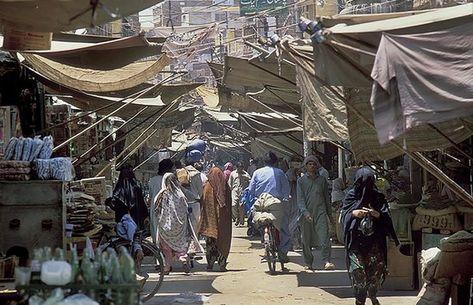
Hussain Agahi Bazar, located in the heart of Multan, Pakistan, is one of the oldest and most vibrant traditional markets in the region. This bustling bazaar is not just a shopping destination but a cultural and historical landmark that offers a glimpse into the rich heritage of Multan. Let’s delve into the various aspects that make Hussain Agahi Bazar a unique and fascinating place.
Historical Significance
Hussain Agahi Bazar has a deep-rooted history that dates back several centuries.The bazaar is named after Hazrat Syed Hussain Shah Bukhari, a revered saint of Multan, who was known for his spiritual and business acumen.The term “Agahi” means awareness, reflecting the saint’s role in enlightening the local population about the significance of Imam Hussain (AS) and his legacy.The bazaar’s historical significance is further highlighted by its proximity to the tomb of Shah Rukn-e-Alam, another prominent saint of Multan.
Architectural Charm
The architecture of Hussain Agahi Bazar is a blend of traditional and colonial styles. The narrow, winding streets are lined with shops that have retained their old-world charm. The buildings, with their intricate woodwork and ornate facades, transport visitors back in time.The bazaar’s layout is reminiscent of ancient markets, with a maze-like structure that adds to its allure.
Shopping Experience
Hussain Agahi Bazar offers a diverse shopping experience that caters to a wide range of tastes and preferences. Some of the key items you can find include:
Textiles: The bazaar is renowned for its high-quality fabrics, including cotton, silk, and embroidered textiles. Traditional Multani embroidery, known for its vibrant colors and intricate patterns, is a highlight.
Handicrafts: Artisans in the bazaar produce a variety of handicrafts, such as pottery, brassware, and wooden items. These crafts are often handmade and reflect the cultural heritage of the region.
Jewelry: The bazaar is a great place to find traditional and contemporary jewelry. From gold and silver pieces to colorful bangles and beaded necklaces, there’s something for everyone.
Footwear: Multani khussa, the traditional embroidered footwear, is a must-buy. These shoes are known for their comfort and intricate designs.
Cultural Hub
Hussain Agahi Bazar is a vibrant cultural hub that hosts numerous events and festivals. During the month of Muharram, the bazaar becomes a focal point for religious processions and gatherings. These events commemorate the martyrdom of Imam Hussain (AS) and are marked by deep spiritual significance and community participation. The bazaar also celebrates other cultural festivals, such as Eid and Basant, with colorful decorations and special sales.
Culinary Delights
The food scene at Hussain Agahi Bazar is a major attraction. Some of the culinary highlights include:
Sweets: Traditional sweets like sohan halwa, gulab jamun, and jalebi are popular treats. These sweets are often made using age-old recipes and are a delight for anyone with a sweet tooth.
Street Food: The bazaar is famous for its street food, including samosas, pakoras, and chaat. These savory snacks are perfect for a quick bite while exploring the market.
Local Cuisine: Eateries in the bazaar offer a variety of local dishes, such as biryani, nihari, and kebabs. The rich flavors and aromatic spices make these dishes a must-try for food enthusiasts.
Challenges and Modernization
While Hussain Agahi Bazar is a cherished historical and cultural site, it faces several challenges. The narrow streets can become congested, especially during peak hours and festival seasons. Efforts are being made to modernize the bazaar without compromising its historical integrity. Some of the initiatives include:
Infrastructure Improvements: Upgrading the infrastructure to improve accessibility and navigation within the bazaar.
Waste Management: Implementing better waste management practices to keep the bazaar clean and hygienic.
Security Enhancements: Increasing security measures to ensure the safety of visitors and shopkeepers.
What is Hussain Agahi Bazaar known for?
Hussain Agahi Bazaar is renowned for its vibrant and bustling atmosphere, offering a wide range of traditional crafts, clothing, and local delicacies. It’s a hub for hand-embroidered fabrics, intricately designed pottery, colorful bangles, and more.
Where is Hussain Agahi Bazaar located?
The bazaar is located in the heart of Multan, Punjab, Pakistan. It’s one of the oldest and most iconic markets in the city.
What can I buy at Hussain Agahi Bazaar?
You can find a variety of items including traditional handicrafts, embroidered clothing, pottery, spices, perfumes, and household items. The bazaar is also famous for its dry fruits market, known as Gurh Mandi.
Is haggling common in Hussain Agahi Bazaar?
Yes, haggling is a common practice in the bazaar. It’s part of the shopping experience, so don’t hesitate to negotiate prices with the vendors.
Are there any famous food items to try in the bazaar?
Absolutely! You can enjoy local street food such as samosas, chaat, kebabs, jalebi, and the famous Multani Sohan halwa.
What is the best time to visit Hussain Agahi Bazaar?
The bazaar is usually bustling throughout the day, but it’s best to visit in the morning or late afternoon to avoid the peak heat and crowds.
Are there any guided tours available?
Yes, there are guided cultural walks and food tasting tours available that offer an in-depth look into the bazaar’s history, local crafts, and culinary delights.
Is the bazaar accessible for tourists?
Yes, the bazaar is accessible for tourists. However, it’s advisable to go with someone familiar with the area, as it can be easy to get lost in the crowded alleys.

What is Hussain Agahi Bazaar known for?
Hussain Agahi Bazaar is renowned for its vibrant and bustling atmosphere, offering a wide range of traditional crafts, clothing, and local delicacies. It’s a hub for hand-embroidered fabrics, intricately designed pottery, colorful bangles, and more.
Where is Hussain Agahi Bazaar located?
The bazaar is located in the heart of Multan, Punjab, Pakistan. It’s one of the oldest and most iconic markets in the city.
What can I buy at Hussain Agahi Bazaar?
You can find a variety of items including traditional handicrafts, embroidered clothing, pottery, spices, perfumes, and household items. The bazaar is also famous for its dry fruits market, known as Gurh Mandi.
Is haggling common in Hussain Agahi Bazaar?
Yes, haggling is a common practice in the bazaar. It’s part of the shopping experience, so don’t hesitate to negotiate prices with the vendors.
Are there any famous food items to try in the bazaar?
Absolutely! You can enjoy local street food such as samosas, chaat, kebabs, jalebi, and the famous Multani Sohan halwa.
What is the best time to visit Hussain Agahi Bazaar?
The bazaar is usually bustling throughout the day, but it’s best to visit in the morning or late afternoon to avoid the peak heat and crowds.
Are there any guided tours available?
Yes, there are guided cultural walks and food tasting tours available that offer an in-depth look into the bazaar’s history, local crafts, and culinary delights.
Is the bazaar accessible for tourists?
Yes, the bazaar is accessible for tourists. However, it’s advisable to go with someone familiar with the area, as it can be easy to get lost in the crowded alleys.

We use cookies to ensure that we give you the best experience on our website.
© Copyright Multan 2024

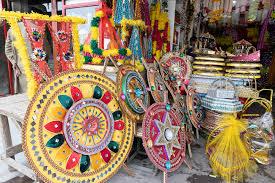
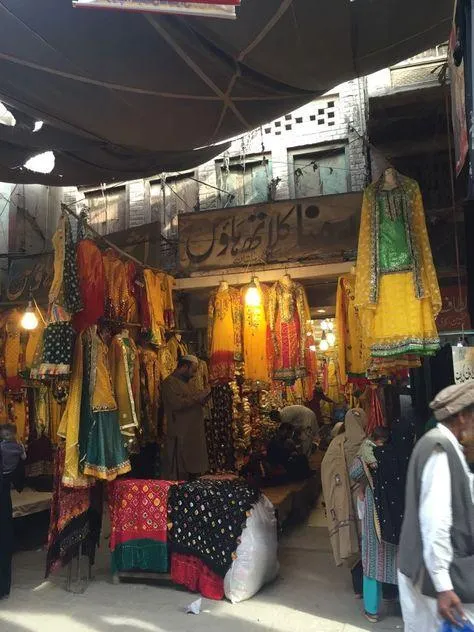
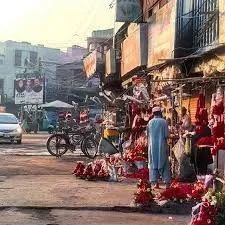
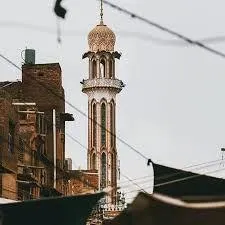
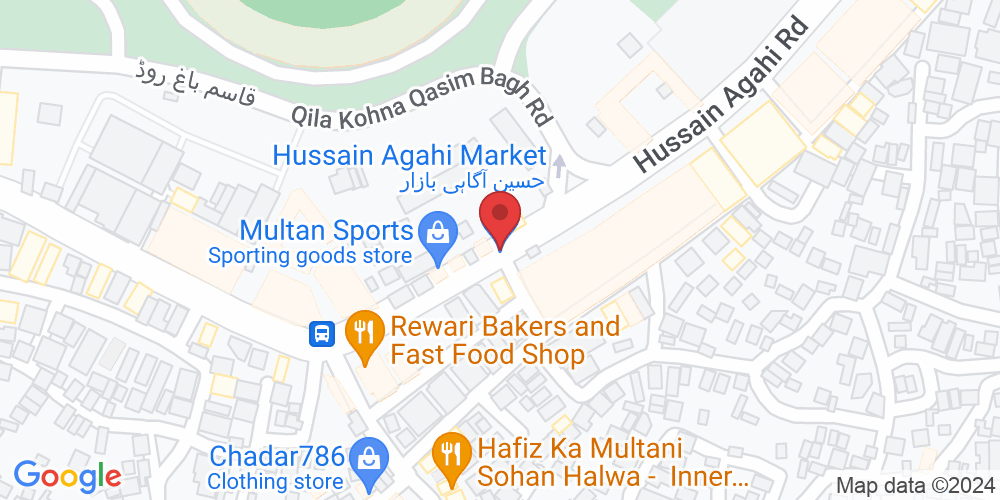
Facebook
LinkedIn